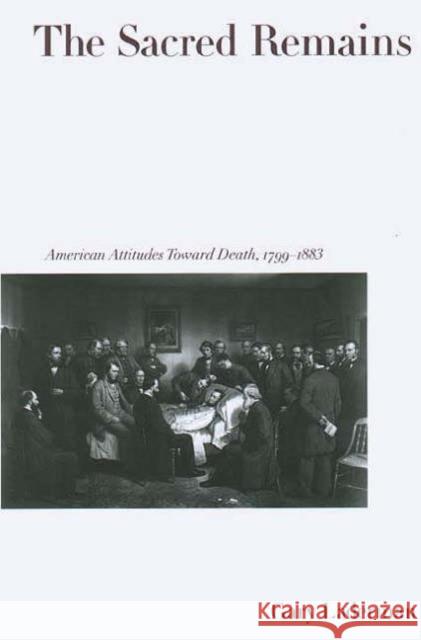The Sacred Remains: American Attitudes Toward Death, 1799-1883 » książka
The Sacred Remains: American Attitudes Toward Death, 1799-1883
ISBN-13: 9780300078688 / Angielski / Miękka / 1999 / 256 str.
The Sacred Remains: American Attitudes Toward Death, 1799-1883
ISBN-13: 9780300078688 / Angielski / Miękka / 1999 / 256 str.
(netto: 155,00 VAT: 5%)
Najniższa cena z 30 dni: 161,47 zł
ok. 16-18 dni roboczych
Bez gwarancji dostawy przed świętami
Darmowa dostawa!
When George Washington died in 1799, towns throughout the country commemorated the event with solemn processions featuring empty coffins. In contrast, after Abraham Lincoln's death in 1865, his body was transported around the North and displayed for more than two weeks, for by then corpses could be autopsied, drained of their blood, and beautified for the benefit of mourners. This absorbing book explores the changing attitudes toward death and the dead in northern Protestant communities during the nineteenth century. Gary Laderman offers insights into the construction of an "American way of death," illuminating the central role of the Civil War and tracing the birth of the funeral industry in the decades following the war.
Drawing on medical histories, religious documents, personal diaries and letters, literature, painting, and photography, Laderman examines the cultural transformations that led to nationally organized death specialists, the practice of embalming, and the commodification of the corpse. These cultural changes included the development of liberal theology, which provided more spiritual views of heaven and the afterlife; the concern for health, which turned those who managed death toward more scientific treatment of bodies; and growing sentimentalism, which produced an increased desire to gaze upon the corpse or to take and keep death photographs. In particular Laderman focuses on the transforming effect of the Civil War, which presented so many Americans with dead relatives who needed to be recovered, viewed, and given a "proper burial."










